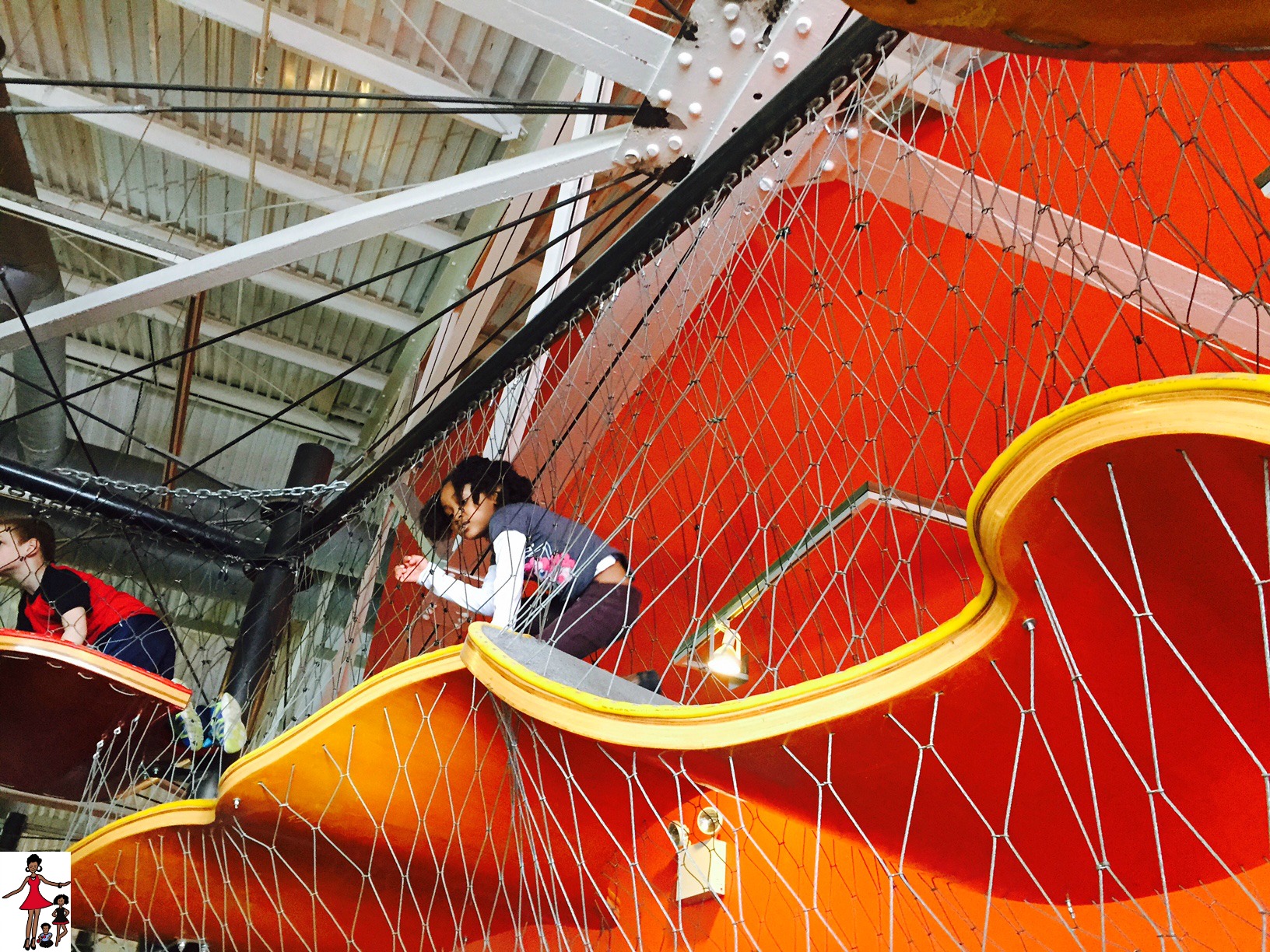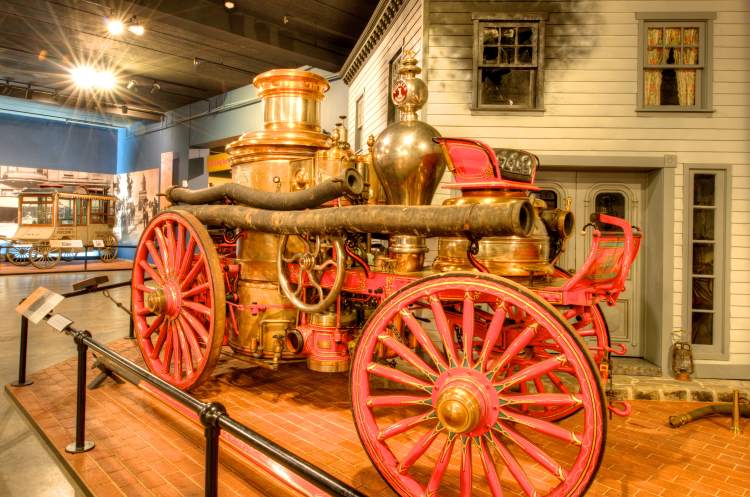Discover the Rich History of Long Island at This Captivating Gallery
As visitors go across through exhibits describing the Industrial Revolution's influence and Long Island's maritime legacy, a deeper understanding of the area's development begins to arise. Keep tuned as we discover Long Island's modern age, dropping light on just how the past proceeds to reverberate in the present.
Native American Influences on Long Island
The Native American influences on Long Island have played a significant role fit the area's cultural heritage and historic advancement. Long before European settlers got here, the land now called Long Island was lived in by different Indigenous American tribes, including the Massapequas, Montauketts, and Shinnecocks. These people lived off the land, fishing in the plentiful waters surrounding the island and cultivating the productive dirt for farming.
The Indigenous Americans on Long Island had a rich spiritual and cultural practice, noticeable in their detailed art work, standard dances, and oral narration. Their deep link to the land is reflected for many communities and landmarks on Long Island, which originated from the languages of these native peoples.

Colonial Heritage and Very Early Settlements
With the arrival of European settlers, Long Island's landscape began to go through significant makeovers as early american heritage and early negotiations settled in the region. The Dutch were among the very first Europeans to establish a presence on Long Island, with settlements such as New Amsterdam (contemporary New York City) playing a critical duty in the island's colonial background. Later on, the English got control of the area, shaping the building and cultural landscape via the establishment of villages and towns.
Among one of the most significant early settlements on Long Island was Southampton, established in 1640 by English Puritans seeking spiritual freedom. This marked the beginning of arranged European settlement on the island, leading the way for further growth and growth. Over time, more villages and towns emerged, each with its own one-of-a-kind character and payment to Long Island's colonial heritage.
As these very early settlements expanded, they created the structure for the varied communities that feed on Long Island today. The colonial heritage of the area remains to be celebrated and protected, providing visitors a peek into the past and a recognition for the abundant history that formed Long Island right into what it is today.
Industrial Change and Maritime History
During a duration of extensive makeover and technological improvement, Long Island's industrial change linked with its marine history, shaping the area's economic landscape in unprecedented means (The Long Island Museum hour). The Industrial Revolution, which began in the late 18th century, brought substantial changes to Long Island's economic situation.
Long Island's proximity to New York City additionally contributed to its financial prosperity, as items could conveniently be delivered in between the 2 regions. Today, remnants of Long Island's commercial and maritime past can be discovered at museums and historic sites, using a peek into the region's rich history.
Long Island in the Modern Era
Long Island's evolution in the modern era mirrors a blend of practice and technology, forming its modern identification. As one of one of the most densely inhabited regions in the United States, Long Island has actually come to be a center for diverse markets, ranging from innovation and healthcare to finance and tourist (The Long Island Museum map). The island's proximity to New York City has actually played a substantial function in its development, with several travelers selecting to reside in its suv neighborhoods
In recent times, Long Island has actually experienced a surge in lasting efforts targeted at maintaining its all-natural beauty and combating environment modification. The preservation of its seaside areas, such as the Fire Island National Seaside, highlights the island's commitment to ecological conservation. Additionally, Long Island's social scene has prospered, with art galleries, music places, and movie theaters adding to its lively cultural landscape.
In addition, the contemporary period has seen Long Island welcome diversity and incorporation, with a growing populace of immigrants adding to its abundant tapestry of cultures. Generally, Long Island continues to progress, stabilizing its rich background with contemporary development to form a resistant and vibrant neighborhood.
Special Exhibitions and Upcoming Events
Reflecting Long Island's dynamic cultural landscape and commitment to advancement, the gallery is currently hosting a collection of unique exhibitions and eagerly anticipates approaching events. Among the unique events currently on display is "Long Island Via the Ages," which traces the island's abundant background from its early indigenous inhabitants to the here and now day. This exhibition showcases artifacts, multimedia, go right here and files presentations that offer a thorough take a look at the diverse heritage of Long Island.
Along with the ongoing unique events, the gallery is preparing for an exciting lineup of upcoming events. Site visitors can anticipate a lecture series including renowned chroniclers and local professionals talking about different aspects of Long Island's history. There will additionally be hands-on workshops where participants can find out standard crafts and abilities that have actually been given with generations on the island.
These unique events and upcoming events not only enrich the museum experience however additionally act as a testament to Long Island's vibrant cultural tapestry and the gallery's devotion to protecting and sharing its heritage with the area. The Long Island Museum weather.
Final Thought
Finally, the museum uses a detailed take a look at the rich history of Long Island, from Indigenous American influences to early american heritage, commercial change, and modern age developments. With special exhibits and upcoming events, site visitors can delve much deeper into the varied cultural and historic aspects of the region. Whether you're a history lover or merely curious regarding Long Island's past, this museum provides a fascinating experience for all.
Lengthy before European inhabitants arrived, the land currently known as Long Island was inhabited by numerous Native American tribes, including the Massapequas, Montauketts, and Shinnecocks. The Dutch were among the very first Europeans to establish an existence on Long Island, with settlements such as New Amsterdam (present-day New York City) playing an essential role in the island's early american history. Today, residues of Long Island's industrial and naval past can be explored at museums and historic websites, using a look into the region's abundant history.

Please visit one of our local supporters - The Modern Medicare Agency Part D Agent
Comments on “Open the Doors to History: The Long Island Museum Entrance Fee Info”